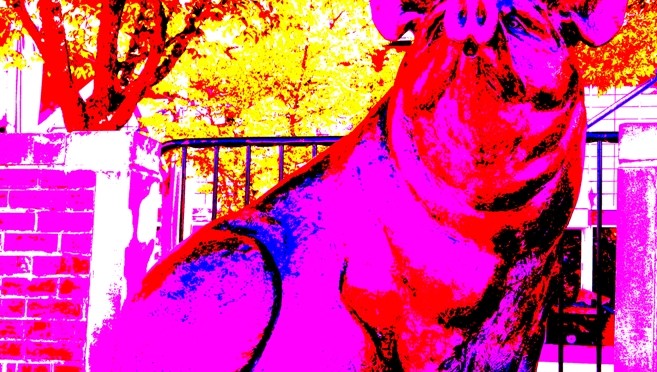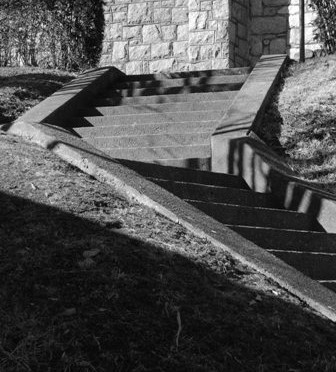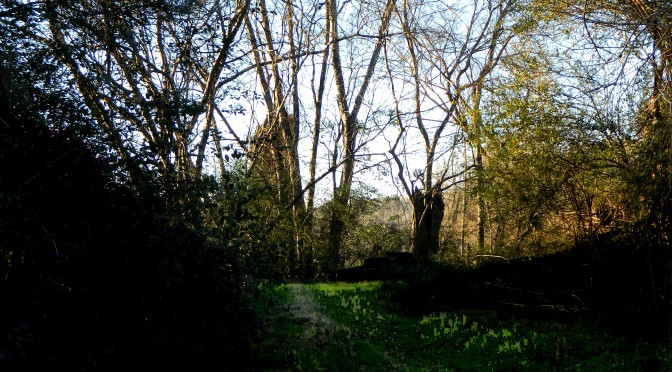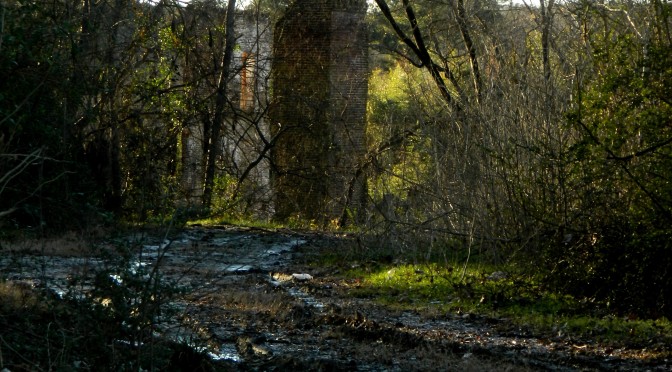So, I’ve been back in Manhattan and having a ball, seeing old friends, catching a really wonderful show (“The Visit” — more on that one in another post), having a couple of business meetings, seeing some great art, doing research, taking a class or two, and buying books to use in our foundation’s classes. Oh, for me, this is heavenly stuff!
Tag Archives: imagination
Wild Beasts at Work
“The artist should call forth all his energy, his sincerity, and his greatest possible modesty in order to push aside during his work the old clichés that come so ready to his hand and can suffocate the small flower that itself never turns out as one expected.”
— Henri Matisse1
Isn’t it wonderful how things sometimes “line up”? I’ve been thinking a lot lately about the mission and activities of The Earl Wentz and William Watkins Foundation, how to explain succinctly our educational approaches, and what our next steps will be. Right now, of course, our Summer Musical Theatre Workshop looms large on the horizon. But then there are the other initiatives on the schedule, too, including performances of some of Earl Wentz’s musical works.
How to do it all? How to gain additional support beyond what the foundation can contribute from its own resources? How to keep growing and not just repeating what we already know and have done? How to keep moving towards fulfilling our goals?
I get restless as I ponder and so I roam.
And it works. For me.
In the last week, I’ve visited the fabulous new Crystal Bridges Museum of Art in Arkansas, seen architect Fay Jones’s stirring masterpiece Thorncrown Chapel, hiked over rushing river waters via marvels of engineering, and just today attended an exhibition of the art books of Henri Matisse at the Bechtler Museum of Modern Art.
Where’s My Mind?
I’ve written a lot about critical thinking in the last few blog posts, partially because I believe it’s something that’s currently lacking to a great degree in our culture and particularly in the arts. In future blog posts, I’ll expand on this and explore the interplay of imagination and rational thinking.
As I have said previously, almost anyone could stand on the stage and “feel”. But could you do it again? You and I could scream our lungs out at each other. “Wow! I really felt that!” we might say afterwards, licking our chops like cats. But would it serve the play, be interesting and appropriate, or would it just be emotional masturbation? And again, could either of us do that again and again without very rapidly wrecking our voices?
In the end, who really cares if you “felt” it or not? The real test is: Were you able to convey across the footlights the impression that the character was feeling whatever emotion of the moment, by whatever path you took to get there?
Simple emotional indulgence is not only boring to watch, it’s a cheat. You might start by getting “feelings” but can you justify them after the fact?
Continue reading Where’s My Mind?
And Now . . . Keep Building The Approach
It’s so great to hear from all of you who have been following the blog and especially those of you who are trying the exercises in our last several posts (click here, and here to review those exercises or to do them now if you haven’t done so).
I know that this is new and strange territory for some of you and I admire your courage in challenging yourselves to try something different, to speak up when you don’t understand, and to just “go with it” and see where it takes you. Please keep doing all that and also submitting your comments on each post page or speaking to me “offline” or both!
If you do use the “comments” feature, it helps us all to see what others are grappling with or how they are approaching things. It’s amazing how alike we can be and really fun to explore our differences as well. I know that I learn a lot from seeing the various approaches that people take and where their imaginations lead. Your creativity helps me to be more creative and I hope you will find the same experience in sharing with others here.
I’ve stressed throughout these introductory exercises that there’s no “right” or “wrong” answers. The point is really to expand horizons. To let your imagination develop, partly through a “metaphorical” approach; that is, through using one creative or artistic medium to talk about another. In these cases, we’ve used light and shadow, color and tone, depth and angle, “inclusion” and “exclusion” — all found in photographs — to help us explore what stories interest us, how we might relate these stories as writers or directors, and why.
Further Towards A Multi-Disciplinary Approach
The photograph above, “Follow Me”, © 2015 by William B. Watkins, can be viewed in a larger format in the Image Gallery. On that page, just double-click on the image to view it in a large, slideshow mode.
As you know if you read the last blog entry, I waited to get a little more response from blog readers about the post “Towards a Multi-Disciplinary Approach” and the exercises in it before continuing on the subject.
While not completely unexpected, I have to admit that I was surprised at exactly how much confusion the exercises stirred up.
When I asked some specific people for feedback or about whether or not they had done the two short exercises in the post, the prevailing answers I got were along the lines of “I didn’t understand what I was supposed to do.” I asked if the directions were unclear, concerned that I had gone over people’s heads somehow. No, I was assured, they weren’t.
Hmmmmm . . . . I wondered what the problem was then. “I didn’t know what this was for,” someone said. “I wasn’t used to doing things that way,” said another. “I didn’t think I was smart enough,” a very bright person told me.
Continue reading Further Towards A Multi-Disciplinary Approach
Further Towards A Multi-Disciplinary Approach (New Exercises)
The photograph above, “To the Mill”, © 2015 by William B. Watkins, can be viewed in a larger format in the Image Gallery. On that page, just double-click on the image to view it in a large, slideshow mode.
Welome back!
I know that those first couple of exercises from our post “Towards a Multi-Disciplinary Approach” may have been challenging in many different ways. If you haven’t read that post or done the first two exercises, you really should take a step back and have a go at them before proceeding. You might also want to read some explanatory information from “Further Towards A Multi-Disciplinary Approach”.
Remember, these exercises are for you. There’s not a right or wrong answer. It’s all based on your choices and designed to help you get in touch with your instincts about what appeals to you the most and then to challenge yourself to explore — and articulate — why.
Continue reading Further Towards A Multi-Disciplinary Approach (New Exercises)
Towards a Multi-Disciplinary Approach
One of the educational emphases of The Earl Wentz and William Watkins Foundation is “expanding the vision and abilities of young artists by encouraging them to learn about and experience a cross-section of artistic activities in disciplines outside their primary areas of interest”.
Using a multi-disciplinary approach helps us see and understand the world in more profound ways and, as artists, to make richer and more interesting choices in our expressive work.
Stories can be expressed artistically in many different ways, through many different disciplines. Describing the process, particularly as it relates to acting and directing, often is best done metaphorically. These metaphors can be gleaned from the various modes of expression of similar ideas by analyzing construction, composition, color, tone, etc.
To get you started….
Following are two exercises — taken from my forthcoming book Expansion: Toward a Multi-Disciplinary Approach to Creativity and Expression — that show how studying and experimenting with photography can be used in the dramatic arts. Exercise #1 introduces you to the approach. Exercise #2 applies it to the realm of the playwright or author.
Remembrance of a Summer Dance
I love photography. It’s a treat for me to stumble across a location and find objects that spark my imagination. Usually, the “spark” is along the lines of “what hapened here?” or “what was this used for and in what context?”





